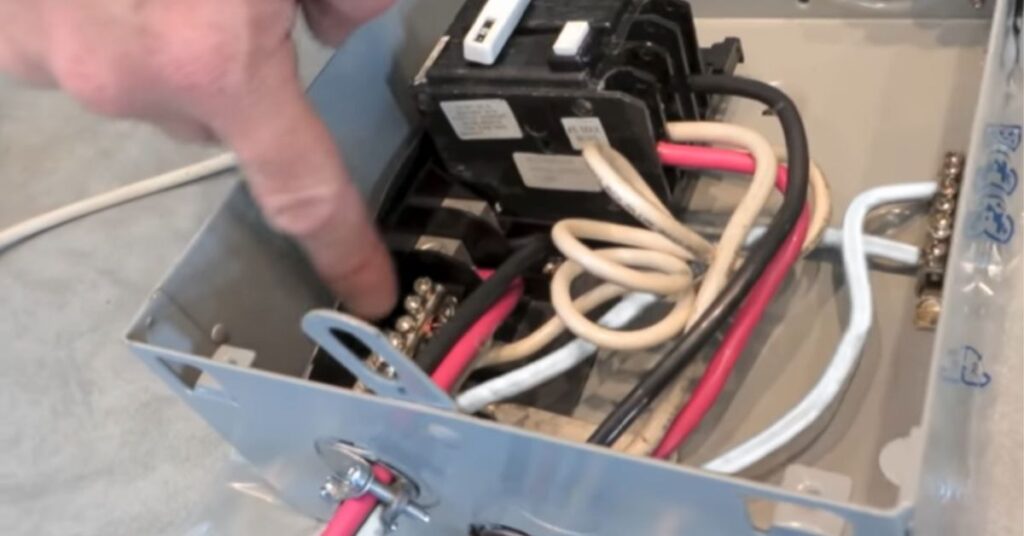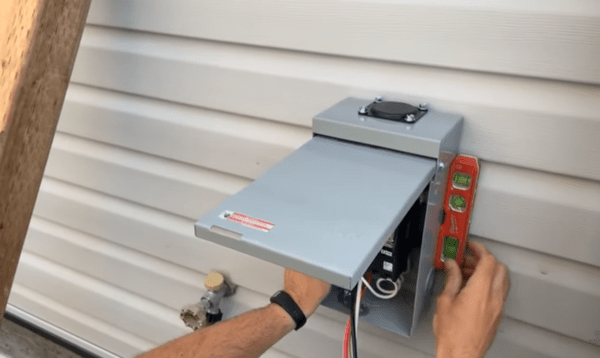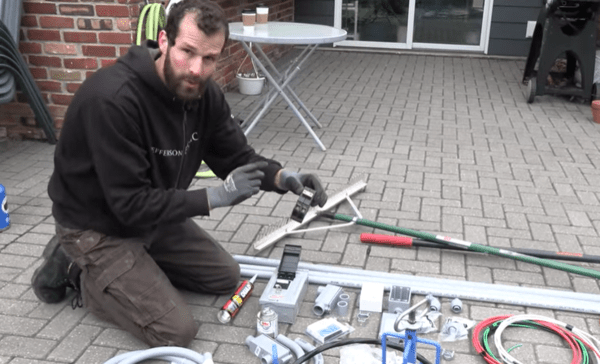In this post, we describe the energy consumption of a hot tub, including the power requirements and other important factors that influence its energy use.
The hot tub is a great way to relax and unwind after a long day at work, but you may not realize just how much energy it uses. If you have a hot tub at home, you probably already know that the heater consumes a significant amount of electricity. But did you know that the water pump also contributes to total energy usage? This post explores the energy consumption of hot tubs and describes the various components used to heat the water, circulate the water, and keep the water warm.
What Is the Required Breaker Size for A Hot Tub?
When you're planning to install a new hot tub, you'll need to know the required breaker size. This is the amount of current your hot tub will draw from the power source. If you have no idea how much power your hot tub uses, check with an electrician or refer to your hot tub user's manual.
For a 40-amp hot tub, you'll need a 50 amp breaker to power the heaters, pumps, jets, and electrical components. Some hot tubs use 48 amps, in which case you will need a 60 amp breaker. You may also need a GFCI installed to prevent electric shock in case of grounding issues.


Key Takeaways: Check your hot tub's rating before choosing a hot tub breaker. The breaker's amp should always be higher than your hot tub's.
Wire Your Hot Tub to the Maximum Amperage Requirement
There are many different kinds of hot tubs available. Some can be used at home, while others must be installed in a commercial setting. If you want to get the most from your hot tub, you need to ensure that it's wired correctly.
If you plan on installing a hot tub outdoors, you'll likely use a GFCI. You'll wire your hot tub to the maximum amperage requirement, so you must ensure people are safe in case of faulty ground.
If you plan to use a hot tub indoors, it's important to know that the electrical wiring requirements can vary. The best way to figure out how much power you need is by measuring the current draw of your existing appliances. In most cases, you'll have to add a separate breaker for your hot tub.


You may not realize that some parts inside a hot tub require more electricity than other components. For example, appliances with motors like air conditioning units and fans will always consume more energy. The same is true with appliances with a heating element like toasters and heaters. Your hot tub has both.
Key Takeaways: Always ensure your wiring specifications are set to the highest amperage for your hot tub. This includes your breaker, GFCI, and wires.
How Do You Wire A Hot Tub?
When wiring your hot tub, you want to ensure you get all the wires connected properly. This is especially important when you have a GFCI breaker installed. If you don't know how to wire a hot tub, you should ask someone who does. You could even hire an electrician to help you out.


It's a good idea to drain your hot tub to prevent the risk of electric shock. You also have to dig a trench for the conduit. Lay the wires from the main panel to your hot tub. Hook the wires to the hot tub, GFCI, and the main panel. It can be tricky if you haven't done any of these. If in doubt, seek help or hire an electrician to do it for you.
Key Takeaways: Wiring a hot tub takes practice and skill but can be learned with the help of a licensed electrician. However, it's always cheaper to hire one than pay for repairs or replacement of a damaged hot tub.
Conclusion
Make sure the circuit breaker for the hut tub has enough amps by comparing it to the hot tub's power rating. Many homeowners believe having a separate circuit for the hot tub is unnecessary. However, as we've learned, your hot tub requires substantial power to run properly, so you need a separate circuit breaker installed.
